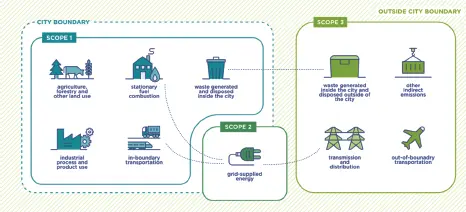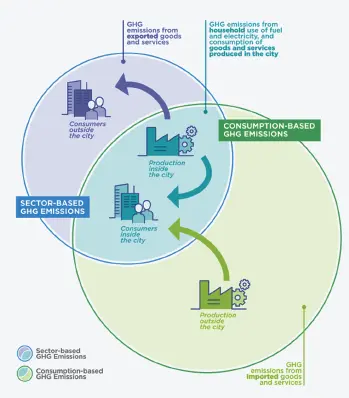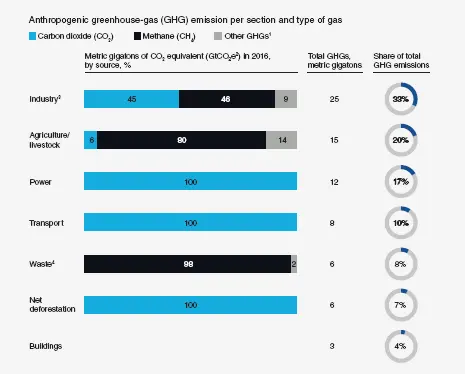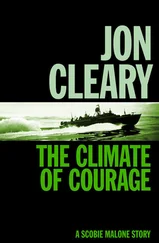The Climate City
Здесь есть возможность читать онлайн «The Climate City» — ознакомительный отрывок электронной книги совершенно бесплатно, а после прочтения отрывка купить полную версию. В некоторых случаях можно слушать аудио, скачать через торрент в формате fb2 и присутствует краткое содержание. Жанр: unrecognised, на английском языке. Описание произведения, (предисловие) а так же отзывы посетителей доступны на портале библиотеки ЛибКат.
- Название:The Climate City
- Автор:
- Жанр:
- Год:неизвестен
- ISBN:нет данных
- Рейтинг книги:4 / 5. Голосов: 1
-
Избранное:Добавить в избранное
- Отзывы:
-
Ваша оценка:
- 80
- 1
- 2
- 3
- 4
- 5
The Climate City: краткое содержание, описание и аннотация
Предлагаем к чтению аннотацию, описание, краткое содержание или предисловие (зависит от того, что написал сам автор книги «The Climate City»). Если вы не нашли необходимую информацию о книге — напишите в комментариях, мы постараемся отыскать её.
Provides professionals in finance, technology, and consulting with solutions for improving the quality of urban life under the changing climate The Climate City
The Climate City:
The Climate City
The Climate City — читать онлайн ознакомительный отрывок
Ниже представлен текст книги, разбитый по страницам. Система сохранения места последней прочитанной страницы, позволяет с удобством читать онлайн бесплатно книгу «The Climate City», без необходимости каждый раз заново искать на чём Вы остановились. Поставьте закладку, и сможете в любой момент перейти на страницу, на которой закончили чтение.
Интервал:
Закладка:
Where and how does “net-zero” appear in these commitments? Some of these commitments clearly articulate goals, techniques, and timing. Many do not. Some of the commitments include room for flexibility, often by design, to create a wide net of inclusivity and attract more signatories. Well and good; but with four UN climate conferences behind us since Paris and COP26 in Glasgow this year (2021), it is time to tighten definitions – especially concerning the mid-century destination of net-zero. For the “Race to Zero”, 449 cities have already joined this campaign.
The risk is that these campaigns are intentionally broad and open-sided tents. Only 12 of the 119 committed cities to C40’s Deadline 2020 have Paris-Agreement-compatible climate action plans. 14
Race to Zero lists a “Minimum Criteria for participation in Race to Zero” 15but does not display as obviously a vanguard of bold, best-in-class targets and a “lead peloton” willing to show others how this is done.
Ultimately, the hope is that a clear, bold, ubiquitous definition will empower the world’s most progressive cities to lead the world’s just transition past “Net-Zero” to true sustainability and a climate-positive, restorative back-half of the century. So how can we describe “net-zero” better to be both clear and bold?
“Fully Scoped”: What Does This Mean?
There is a flexibility and power in the net-zero concept. It can apply at all levels, from the globe down through nations and states to cities, communities, households, and individuals. For the world to achieve global net-zero emissions, all relevant entities should assume responsibility for direct emissions caused by sources they directly own and control (scope 1). For cities, this has been translated as emissions created within their boundaries.
Scope 2 includes targeting GHG emissions occurring as a consequence of the use of grid-supplied electricity, heat, steam, and/or cooling within the city boundary. This is typically the electricity and heat generation from utilities that may supply the city but not be located within the boundary.
Scope 3 emissions for a city are all other GHG emissions that occur outside the city boundary as a result of activities taking place within the city boundary. This may be upstream activities such as emissions going into the production of materials consumed in the city, as well as downstream activities – emissions caused by the consumption of goods/services produced inside the city but consumed elsewhere.
If every city in the world achieves net-zero emissions for scopes 1 and 2, the urban world should expect to realize an equilibrium among sources and sinks of emissions. But this leaves no margin for error and also relies on other communities to target net-zero too. A more airtight approach would acknowledge that some entities are not targeting boldly enough and would task those that can act more assertively to take responsibility for scope 3.
C40 analysis conducted with the University of Leeds, the University of New South Wales, and Arup adopted a consumption-based approach to investigate GHG emissions of 79 cities, capturing both direct and lifecycle GHG emissions (Figure 1.4). 16This usefully captures the upstream effect of emissions arising in supply chains outside the city to meet the demand and consumption for goods and services inside the city; but from a “high-ambition” point of view it is unfortunate that it subtracts the downstream effect. It gives the city a (double) break on the emissions – both by netting out emissions created by producing goods and services inside the city that are consumed elsewhere and the emissions associated with the actual consumption (Figure 1.5).

Figure 1.4 C40 analysis: consumption-based GHG emissions of C40 cities. ( Source : Consumption-based GHG emissions of C40 cities, March 2018. C40 Cities Climate Leadership Group, Inc. https://www.c40.org/researches/consumption-based-emissions.)

Figure 1.5 C40 methodology showing overlap and distinction between sector-based and consumption-based emissions. ( Source : Consumption-based GHG emissions of C40 cities, March 2018. C40 Cities Climate Leadership Group, Inc. https://www.c40.org/researches/consumption-based-emissions.)
In the corporate realm, for example, Unilever’s “Wash at 30” campaign arose from internal analysis that showed most of their “full-scope” emissions were caused by consumers using their products – in this case washing with hotter water than needed to clean clothes given the detergent technology Unilever now provides. Volkswagen, bouncing back from their diesel-emissions scandal, presented at the World Climate Summit 2019 a fully comprehensive value chain analysis showing that only 15% of their targeted emissions reductions to comply with the Paris Agreement are from their vehicle production and supply chain. Meanwhile, emissions from fuel supply and customers driving vehicles accounted for 79%. For Volkswagen, assuming responsibility for scopes 1–3 is propelling a more ambitious corporate strategy (with cleaner, electric-powered cars at its heart) and in turn a beneficial impact on world CO 2emissions.
If cities are to truly lead on climate action, ideally we would define “Fully Scoped” as assuming responsibility for scopes 1, 2, and 3, upstream and downstream – sector-based and consumption-based. 17The C40 analysis shows how the consumption-based method “offers complementary insights into the drivers of GHG emission – recognizing cities as both consumers and producers of goods and services – and can help cities identify a broader range of opportunities to reduce global GHG emissions”. 18
In addition to “all scopes”, “Fully Scoped” should clearly include all GHGs 19and not just carbon dioxide. We recommend that this is made explicit within the concept of “Fully Scoped”: i.e. all activities, all gases. A recent report in McKinsey Quarterly 20shows – in Figure 1.6 – how important assuming responsibility for all gases is for any city that has significant industrial and agricultural sectors; but it also demonstrates that all cities should consider targeting all GHGs, considering waste has such a strong global warming potential outside the effects of carbon dioxide.

Figure 1.6 Anthropogenic GHG emissions per sector and type of gas. ( Source : Based on Emissions databases for Global Atmospheric Research (EDGAR), 2015; FAOSTAT, 2015; IEA, 2015; Mc Kinsey Global Energy Perspective 2019; Reference case 1.5c Scenario Analysis.)
“Science-Based”: What Does This Mean?
The Science-Based Targets Initiative (SBTi) has focused on providing the corporate sector “with a clearly defined pathway to future-proof growth by specifying how much and how quickly they need to reduce their greenhouse gas emissions”. 21The targeting process involves a widely accepted methodology from the World Resources Institute, CDP, UN Global Compact, and World Wildlife Fund to calculate reduction pathways for different sectors. That methodology apportions the Paris Agreement’s emissions-reduction goals to each entity according to their capacity to reduce. The methodology helps organizations calculate the emissions reductions to target in accordance with any of three aligned approaches: a sector-based division of the global carbon budget; an absolute approach based on emissions reductions required; and an approach that uses an entity’s relative economic contribution to determine its emissions reduction target. As of December 2019, over 740 companies had committed to science-based targets.
Читать дальшеИнтервал:
Закладка:
Похожие книги на «The Climate City»
Представляем Вашему вниманию похожие книги на «The Climate City» списком для выбора. Мы отобрали схожую по названию и смыслу литературу в надежде предоставить читателям больше вариантов отыскать новые, интересные, ещё непрочитанные произведения.
Обсуждение, отзывы о книге «The Climate City» и просто собственные мнения читателей. Оставьте ваши комментарии, напишите, что Вы думаете о произведении, его смысле или главных героях. Укажите что конкретно понравилось, а что нет, и почему Вы так считаете.











